Wait for it…
OK, I am going to come right out and say it. We saw a whale! I was on watch with the rest of the team either lounging below or asleep in their racks—it was nap time for most of the team. Off the port quarter, I heard the distinctive sound of an ocean mammal blow hole breathing (or is that just the quarter wake?) So I poked my head out to see if we had a new pod of porpoises playing in the waves… And that’s when I saw a back and dorsal fin slipping below the water.
What happened next may have contributed to us only seeing the whale for a few more seconds… I freaked out! “Whale! Whale! Everyone get up here, it is so cool! WHAAAAAALE”!!!!! Like, I was Queequeg or Ishmael or something. I was like a 6-year-old kid on Christmas morning. Or like I saw a leprechaun at the end of a (double) rainbow. I was so excited! Our friend surfaced again just a few feet off the starboard side of the boat. The black back and white chin were clear through the sapphire blue water. Was it an Orca? Not likely—wrong dorsal fin. A Minke? Maybe.
And just like that. It was gone. Leaving us to wonder what it was, where it was going, what it was thinking, and if we would it see again.
Not long after, our first ARC compatriot showed up on the AIS. A 72-foot ketch exclaimed over the radio they were happy to see us, too. They thought their AIS was broken since they hadn’t seen anyone in days. It is a BIG and vast wilderness. They reported a few minor breakages and a happy ship. Their only complaint was that they were running dangerously low on beer. That may have contributed to their guess we’d be reaching St. Lucia on Sunday… trying not to be a Debbie Downer, I said we had mentally prepared for a Monday arrival. We were sailing quite a bit quicker than them and I hoped the message might seep in rather than land like a ton of bricks.
We have beer and wine, but it’s in storage because we are a dry boat at sea. I believe that only passengers and fools drink underway. This has been a wonderful way to celebrate Dry January!
Today, The Great Atlantic Bake Off kicks into gear. My bread came out of the oven a couple of days ago, but we have some stiff competition coming to the table today. I may have been saved since we are running a bit low on butter because what would have been buttery crescent rolls, became boat baguettes. Admittedly, his rise and form look better than mine did… but we’ll see over Swedish meatballs, mash potatoes, corn, and lingonberry sauce. We want for nothing but the company of family.
We’ve also finally stepped into what would traditionally be considered trade winds. We are seeing wind from 45°-90° and in the 14-20kts range. Our course is 265°T, so we’ve got a full main and genoa on the whisker pole. Making speeds in the 7-9kts range. Hauling the mail!
One of the things I’ve been thinking about on this trip is navigation. Obviously, I’m thinking about it because it’s how we make decisions about how to get from here to there, but also because navigation is changing even today. How important are paper charts for navigation in 2022? An argument could be made either way, but for this sort of passage, paper is — at least to this navigator — really important.
For instance, we are using our paper passage chart to track the major weather elements that impact our daily weather. I made little high and low-pressure systems out of parchment paper that we plot on the chart. WRI, the weather router for the ARC January, provides information about the weather in “grids” and it is fun and useful to look at the whole picture to know what’s what, and where. I wouldn’t want to enter a harbor on paper alone, and don’t want to make a passage on only an electronic one. They complement each other, not compete.
You couldn’t see the sort of information at the scale wanted by looking at an electronic chart. Also, it’s fun to notate the chart (which we do on our digital charts too) and this will someday make a cool memory as office wall art.
I grew up learning to convert true to magnetic to compass and back again. This sort of TVMDC navigation made a lot of sense before we began relying more and more on chart plotters with big detailed screens and other devices. So, while I wouldn’t ever want to sail without the knowledge of how to use the ship’s compass or a hand-bearing compass and traditional navigation and coastal piloting methods, I think I am convinced that most of our “navigation” should be done in true only. This makes the conversion between the paper chart and the electronic chart easy and makes the “language” of the ship’s navigation easier.
For this trip, I have changed the instruments to all read true and I think that’s made it clearer and easier to make decisions. And that’s a good thing!
We’re just an Annapolis to Bermuda away from the finish of this great adventure. I want to get home, but I don’t want this to end. Ah, the life of a sailor and the tug of the ocean.
Note from blog publisher: There have been times when blogs have been back-dated by a day. Getting photos is sometimes tough due to the connection at sea, but having an accurate/official post date is important. Apologies for the hold-up and any confusion, and thanks for understanding!

